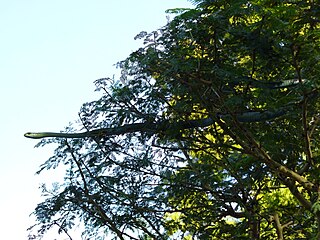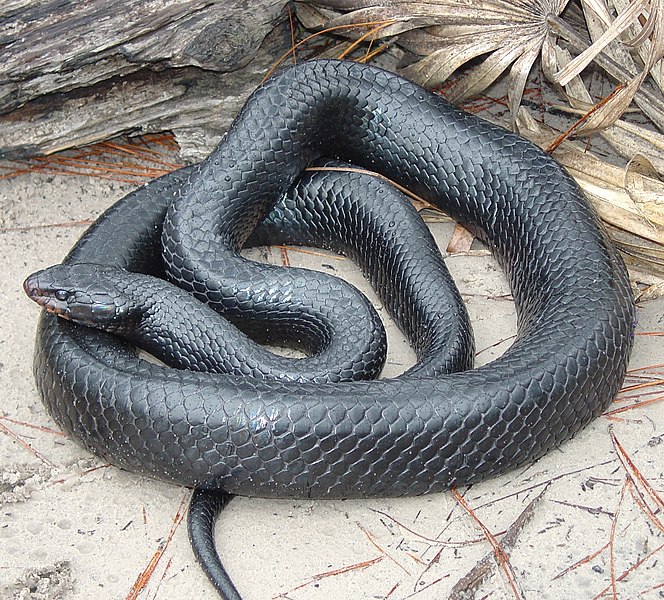This article covers the care of several native reptiles that often live in close proximity to people. As a result, they sometimes wind up in yards, basements, window wells and other such places. Most are also seen in pet stores. Often, folks are tempted to keep such reptiles as pets, especially when the “finder” is a child. The following information will give you an idea of what is involved in their care; please see the articles linked below for more detailed information, and post any questions you may have. If you find an injured animal, or wish to learn how to become a wildlife rehabilitator, please see this article.
 It is important to understand that captive-born specimens make far better pets than wild individuals, and that many species are protected by law, and we do not recommend taking wild animals from their native habitat and into your home. Snakes should never be approached unless you have the training and experience to distinguish venomous from harmless species. Read More »
It is important to understand that captive-born specimens make far better pets than wild individuals, and that many species are protected by law, and we do not recommend taking wild animals from their native habitat and into your home. Snakes should never be approached unless you have the training and experience to distinguish venomous from harmless species. Read More »
 That Reptile Blog – Reptile, Amphibian and Exotic Pet Care and Information
That Reptile Blog – Reptile, Amphibian and Exotic Pet Care and Information




